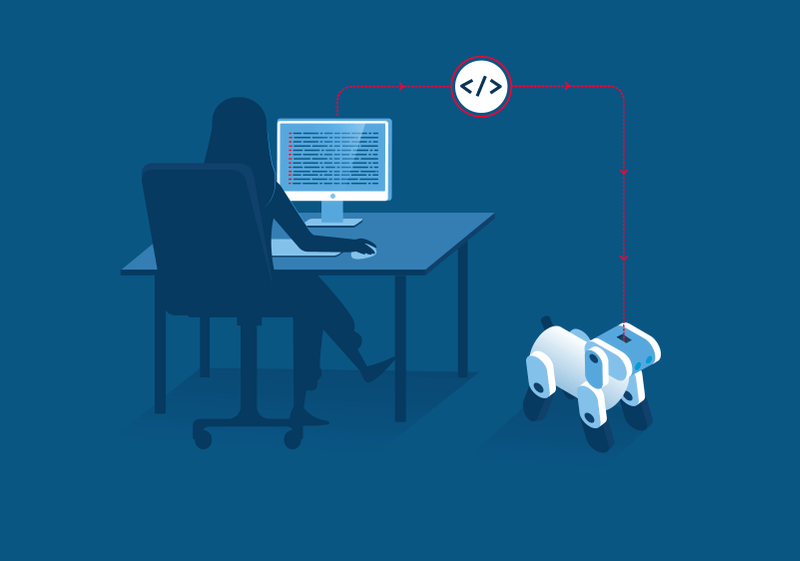
Open source offerings have enabled rapid prototyping, allowing robotics companies to quickly demonstrate what is possible. As companies move from demo to product the focus shifts from demonstrating capability to proving robustness, reliability, maintainability and the ability to deploy at scale. At this point there is a broader integration cost to consider when bringing together open source components to create a commercial solution.
Using open source components in production necessitates a team dedicated to integrating, testing, supporting and maintaining them. This is not a problem – particularly if these components are part of the company’s core offering, but this should be considered when weighing the true cost of open source.
It is not binary. There is no doubt that open source components such as ROS play a very important role in accelerating development and building deployed, commercial robotics applications. However, for development areas that are complex, require specialist knowledge and are not part of the core offering, open source does not always makes sense. What constitutes less than 10% of the offering can end up taking up to 50% of development time and resources to build in-house using open source components.
At SLAMcore, we are dedicated to offering high quality spatial understanding with SLAM at its core. Our robust localization and mapping algorithms are accurate, computationally efficient, and yield high performance on low cost hardware. We look after your robots’ localization and mapping, providing support, frequent updates and new features. Crucially we are compatible with the open source components such as ROS1 and ROS2.
The future robotics landscape will be a hybrid between proprietary and open-source. Both are intrinsically linked and the success of this industry will rely on building an ecosystem of components that can be combined to produce strong robotics offerings.
